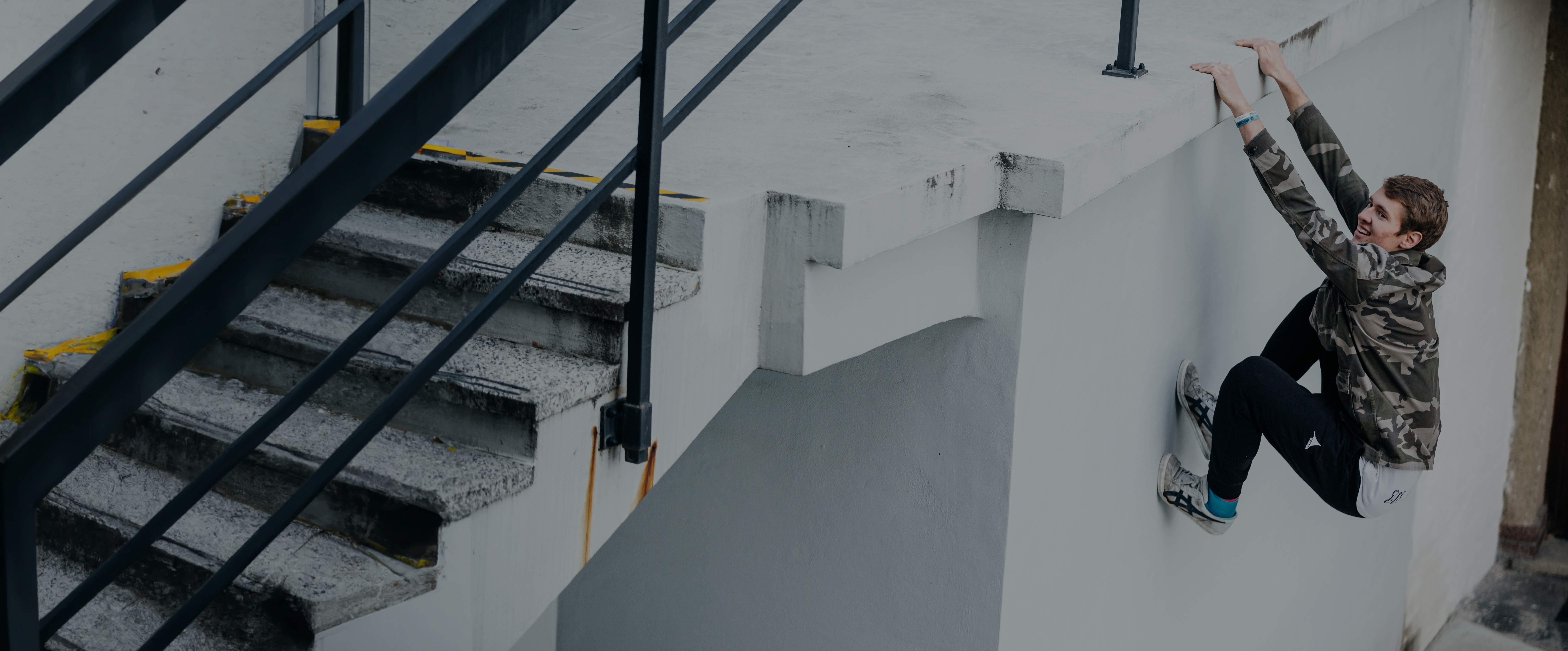Parkour as a sport, art, and discipline

about parkour
about parkour
physical activity where a person uses their speed, agility, strength and courage speed, agility, strength and courage speed, agility, strength and courage speed, agility, strength, and courage to overcome various obstacles or perform tricks.
Parkour is hard to categorize. It's not an extreme sport, but rather an art or discipline. Parkour isn't just a list of specific movements. Each obstacle a traceur encounters presents a unique challenge and offers different techniques for response.
These techniques are often indescribable and don't need description. In many cases, the success of execution depends on the quick shifting of the center of gravity and using kinetic energy to perform 'impossible' or very demanding physical movements.
Parkour can also serve as a comprehensive self-development discipline. Through consistent training, a parkourist develops important character traits. At In Motion Academy, we believe that this is the most valuable aspect one can take away from parkour.
History of parkour
1990 - 1999 Yamakasi group
On the outskirts of Paris, a group of teenagers lays the foundations of what will later become Parkour. They call themselves Yamakasi and spend their free time practicing jumping, climbing walls, walking on railings, and so forth. One of them is David Belle, whose father, Raymond Belle—a firefighter and veteran of the French Special Forces—passes on to the young Yamakasi a discipline called “parcours du combatant,” a military obstacle course developed in the first half of the 20th century by Georges Hébert. In addition, Raymond teaches the young teenagers Hébert's “the natural method”—a discipline dealing with movement in the natural environment. David Belle gives the new form of movement the name Parkour.
2000 - 2004 spreading worldwide
The media and film industry start to show interest in parkour. Individual members of Yamakasi build their careers—appearing in advertisements, reports, documentaries, and films. In 2001, the film Yamakasi is released, in which its members play themselves. In 2003, the documentary Jump London is released, starring Sébastien Foucan, who decides to use his good English to present his view of parkour to the British public. However, Sébastien uses the term Freerunning instead of parkour. David distances himself from both the film Yamakasi and the documentary Jump London. A conflict arises between him and Sébastien. Each of the founders presents their own concept of the discipline.
2005 - 2010 underground
Parkour has thousands of new practitioners worldwide. New leaders emerge among them. Knowledge is shared over the internet without any official sources. The main driving force behind the newly forming parkour community is videos, through which parkourists from around the world get to know and inspire each other. New groups, events, parkour brands, and competitions are formed. In the Czech Republic, an important milestone is the year 2006, when the portal parkour.cz is created. There, almost all active parkourists of the time gather on the forum. In 2007, the first major parkour meeting (jam) is held in Ostrava.
2011 - * present
Until now, parkour was spread somewhat disorganized, and experiences were shared among parkourists. This gradually changes after 2010. The first coaches and clubs emerge. Parkour moves from the underground to become an integral part of modern sport. Its popularity continues to grow in the film and gaming industries, where parkour movements become a necessary part of every action hero's repertoire. Parkour moves from the underground to the mainstream.
2017 - * boom of competitions
The International Gymnastics Federation (FIG) records parkour as one of the gymnastics disciplines, against the general disapproval of the global parkour community. The goal is to hold competitions within the World Cup and eventually parkour at the Olympics. In opposition to FIG is the global association of national parkour associations, Parkour Earth, of which the Czech Parkour Association - ČAP is a member. In these organizations, unlike the Gymnastics Federation, there are actual parkourists.
The effect of parkour on the psyche
It is known that parkour also affects an individual's psyche. Parkourists experience a change in thinking that helps them in everyday life, whether facing physical or psychological obstacles.

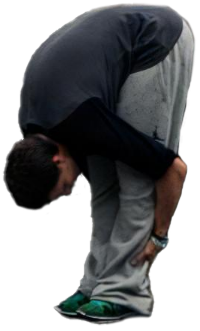

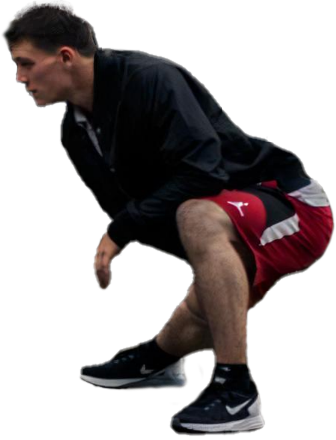


Supports creative thinking, motivates to achieve goals
How can you get from point A to point B differently? This kind of creative thinking provides a completely new way of seeing the world—a gift for anyone familiar with depression and bad moods, when the world can seem gloomy and unchanging.
Creates friendly, supportive, and encouraging individuals
The parkour community provides a space where you don't necessarily have to talk at length or behave in a certain way. This can be a huge relief, especially when you don't feel like yourself.
Helps overcome mental barriers, fears, and anxieties
It's not just about overcoming physical obstacles. It's also about overcoming mental ones because often it's your mind that stops what your body could easily accomplish.
ENGAGES MIND AND BODY, REDUCES AND RELIEVES TENSION
You are in 'flow', moving, focusing and relaxing at the same time, concentrating on a specific goal. For those who have trouble sitting still and find that traditional meditation isn't for them, parkour can be an excellent alternative.
Provides joy and satisfaction
One of the best things about parkour is that it's fun! It's fun to run, jump, and play. There are many paths to self-improvement, but not all are enjoyable. Parkour provides a path that is not only full of challenges, learning, and change but also full of joy and satisfaction.
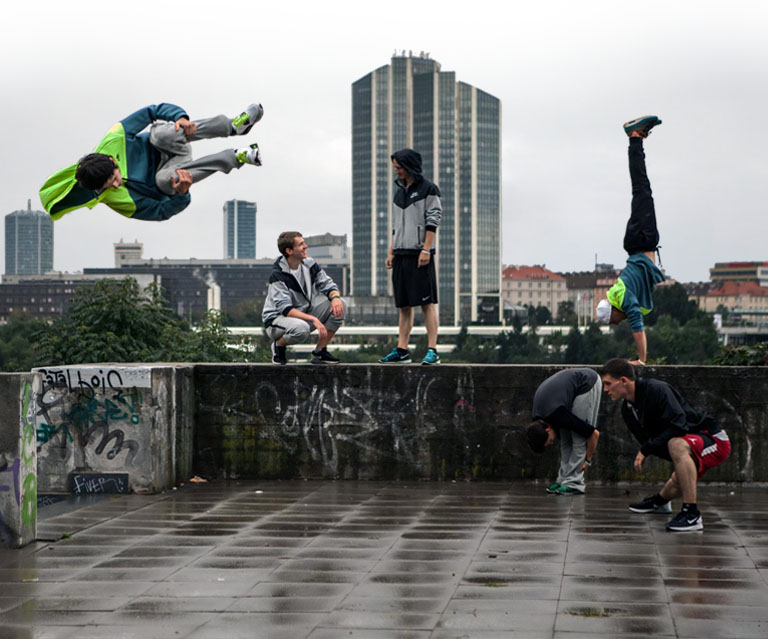
What it all really
boils down to?
A parkourist is not defined by a list of mastered tricks, but rather by their approach to movement in the environment and to their own training. Parkour is a very open discipline that offers almost unlimited possibilities. It is a tool that can adapt to anyone who uses it.
One could say that small children do parkour instinctively. From birth, they learn to use their bodies and gradually overcome challenges. Over time, they experiment with movement as they run around playgrounds. In adulthood, people stop experimenting and usually settle for a relatively one-dimensional use of their bodies throughout their lives. Parkour is essentially a return to that experimentation—a return to using one's body to its fullest.
The goal of most parkourists is to improve their movement skills, overcome challenges, develop physically, and have fun in the process. These goals can be successfully achieved by anyone, regardless of age, gender, talent, sports background, or current fitness level. Parkour is truly suitable for everyone. However, there are certain prerequisites for whether you will enjoy parkour.
complete beginners
and the experienced
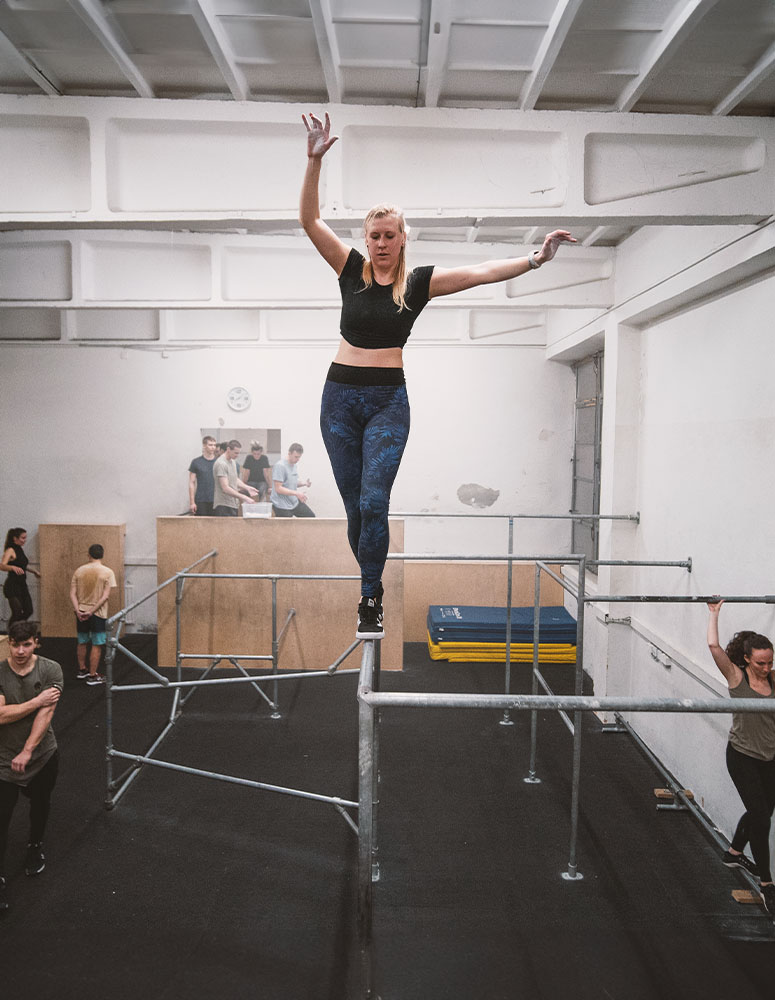
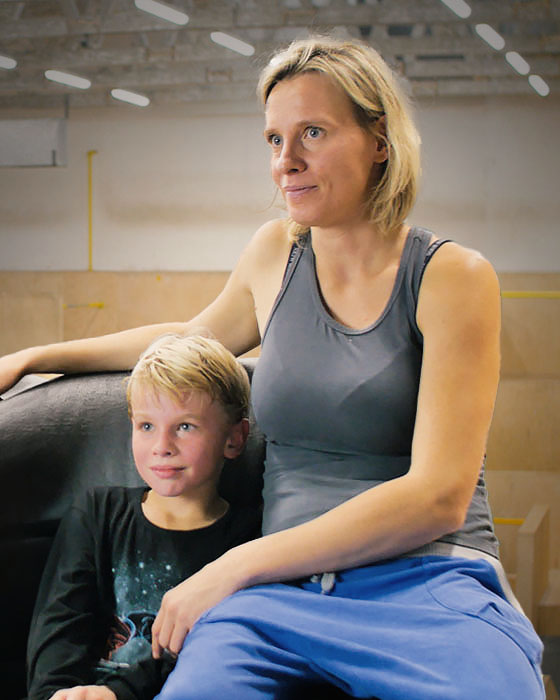
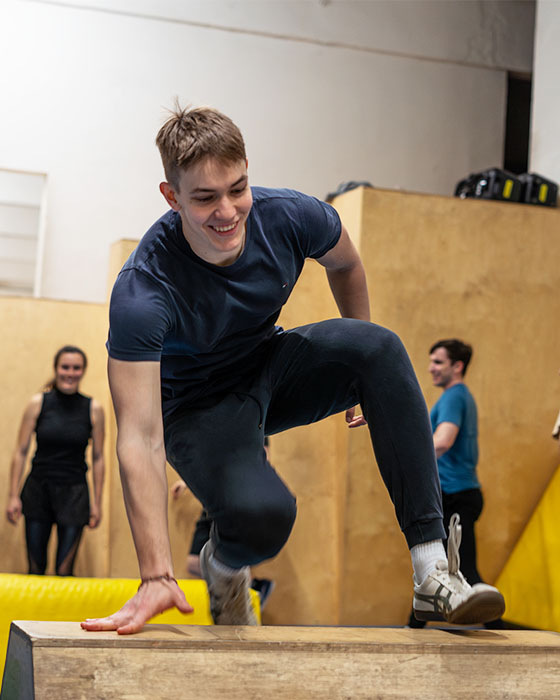
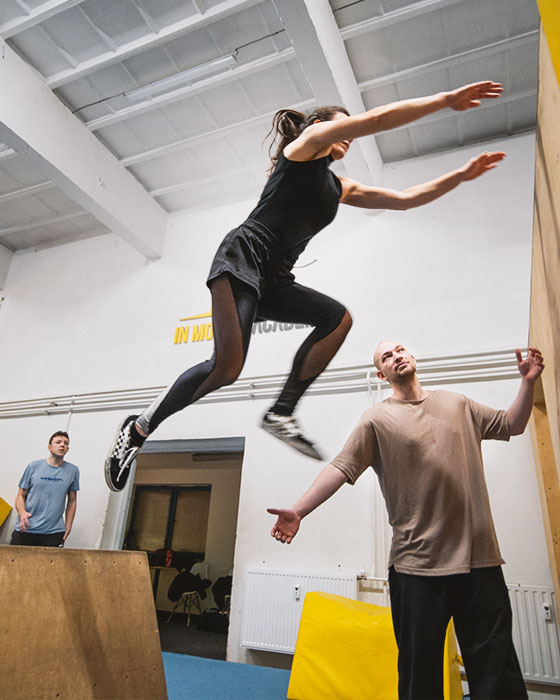
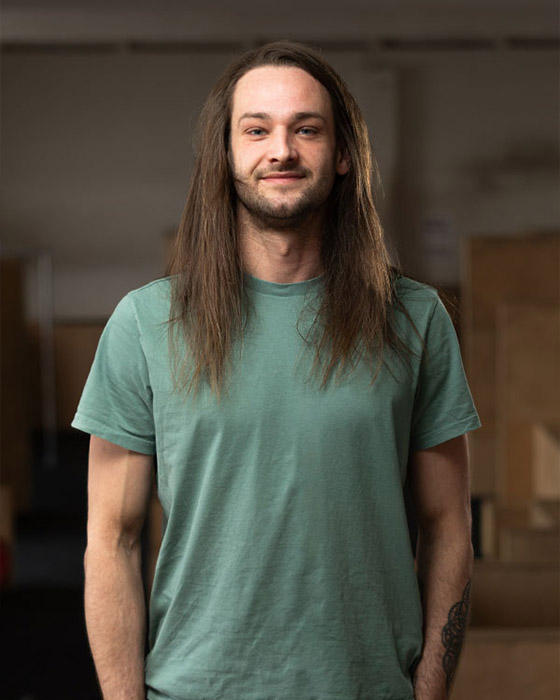
Parkour is my favorite sport not only because of overcoming personal limits, working with fear, and creatively using the environment but also because of the great community around it.
Terka Vošická
coach in PragueI've discovered that parkour isn't just about jumping from roof to roof. There's a deeper idea. It's about safety, responsibility... And that's exactly what I've found here.
Lucie Pelichová
mother of a workshop participantI come to training with a scattered and clinging mind and leave free. I discover my own possibilities and can't be anywhere else but here and now, in the body.
Mikoláš Sviták
adult parkour class participantPeople usually seek freedom mentally, but the physical freedom of feeling good in your body and being able to control your movement often gives you a greater sense of freedom. And on top of that, a lot of self-confidence.
Lucie Zindulková
adult parkour class participantWhat I like about parkour is that everyone finds their own thing in it. It has helped me both in improving physical fitness and in overcoming personal problems and fears.
Lukáš Dostal
coach in PilsenWhat equipment do I need?
Theoretically, no equipment is needed for parkour. Moving in the environment using only your body places no demands on exercise equipment. In practice, however, the vast majority of parkourists cannot do without one thing, and that is quality footwear.
clothing
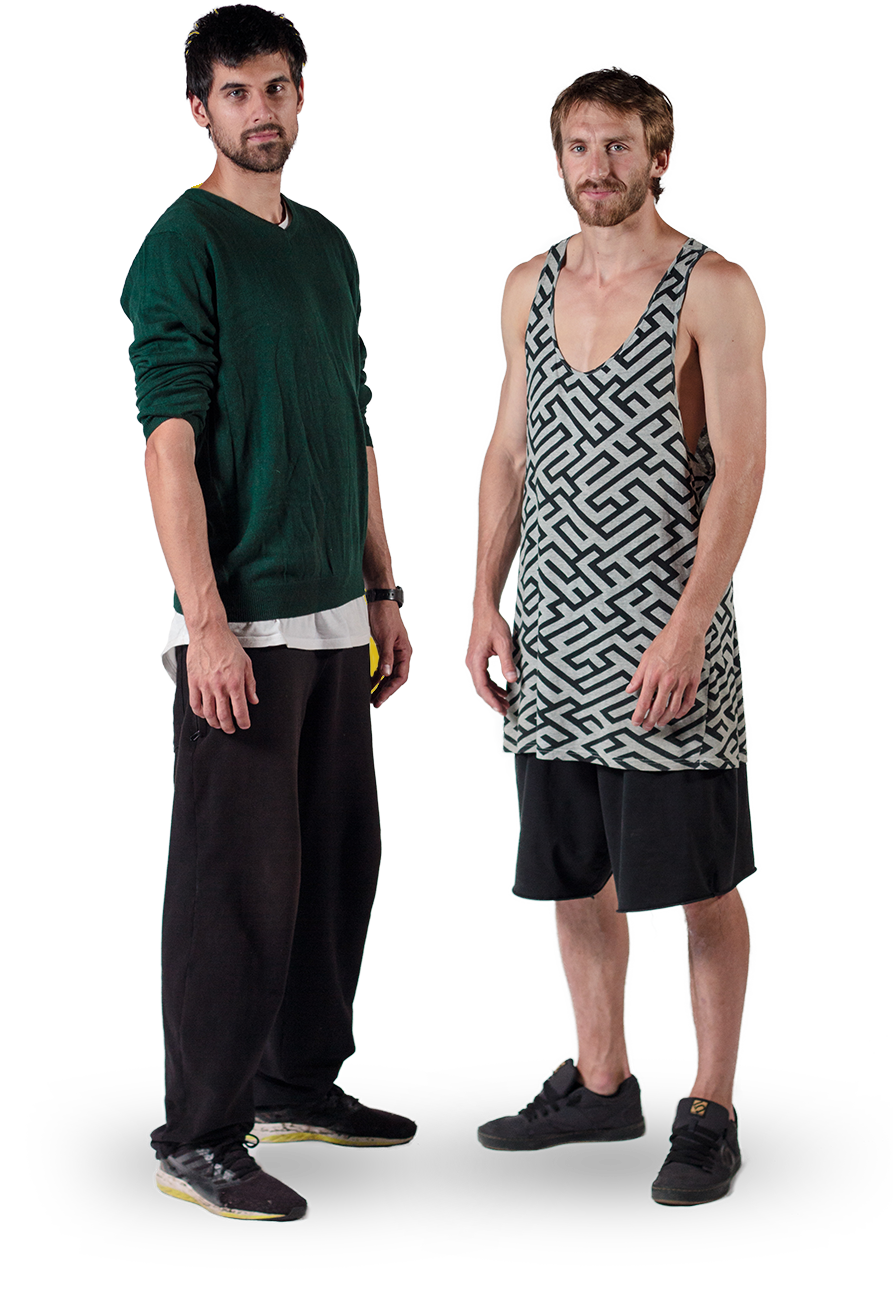
shoes
What kind of shoes
Parkourists usually wear classic sneakers, predominantly of the running type. The sole should not be too thick so that the parkourist does not lose feel in contact with the surface, nor too thin so that especially beginners do not suffer during failed landings.
The material of the sole is a key factor, with the most important property being adhesion to various surfaces. For example, classic rubber is better than foam. The sole should definitely not leave a mark, not just if you come to train in our gym.
The pattern of the sole should be simple, without major irregularities across the sole, so that steps on railings, for example, are easily predictable and the foot does not twist.
Shoes specifically designed for parkour are not widely manufactured yet, although they can be found online, for example, from the manufacturer Ollo.
What kind of clothing
It's entirely up to each individual how they dress for parkour. The most important thing is comfort and that the clothing does not hinder movement. Sweatpants, shorts, leggings, and a simple t-shirt or hoodie are entirely sufficient. Strings or hoods on hoodies can be bothersome during jumps.
If you are looking for clothing with a parkour theme, there are many manufacturers. We proudly rank among them with our In Motion Brand, so if you want to support us, you can purchase something directly from us.
What about protectors?
No protectors, helmets, or gloves are used in parkour.
We move only with the help of our bodies and thus do not reach unnatural speeds, such as in skateboarding or BMX. Moreover, protectors would greatly limit the precision of movement, which is important in parkour.
Above all, there should never be a situation where protectors are needed. They provide a sense of safety that can actually lead to more falls than if we don't have them and are cautious. A parkourist should never go into a jump from which they cannot escape without protectors.
The best protectors are muscles, flexibility, quick reactions, and a trained falling instinct. All of these are naturally acquired through training.



